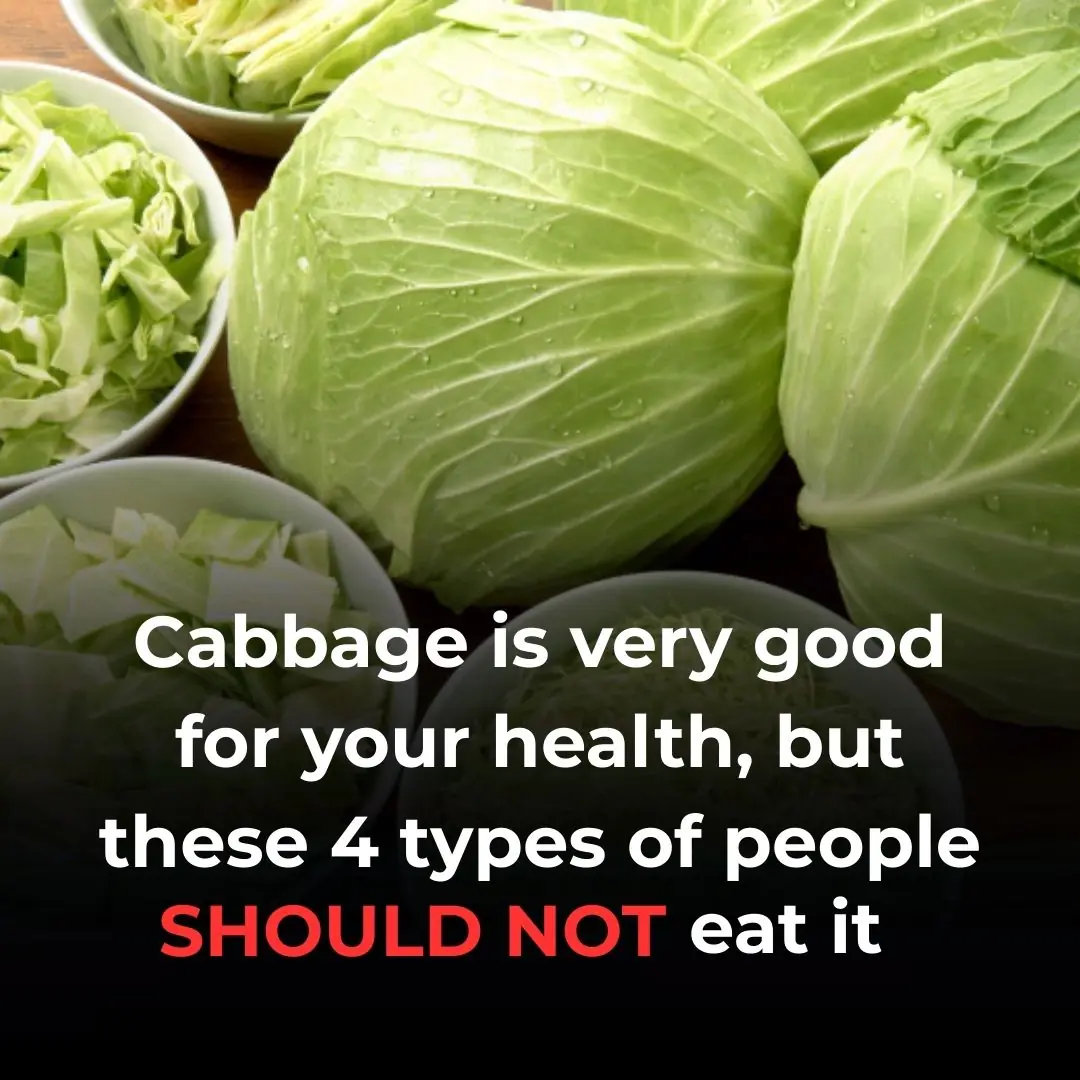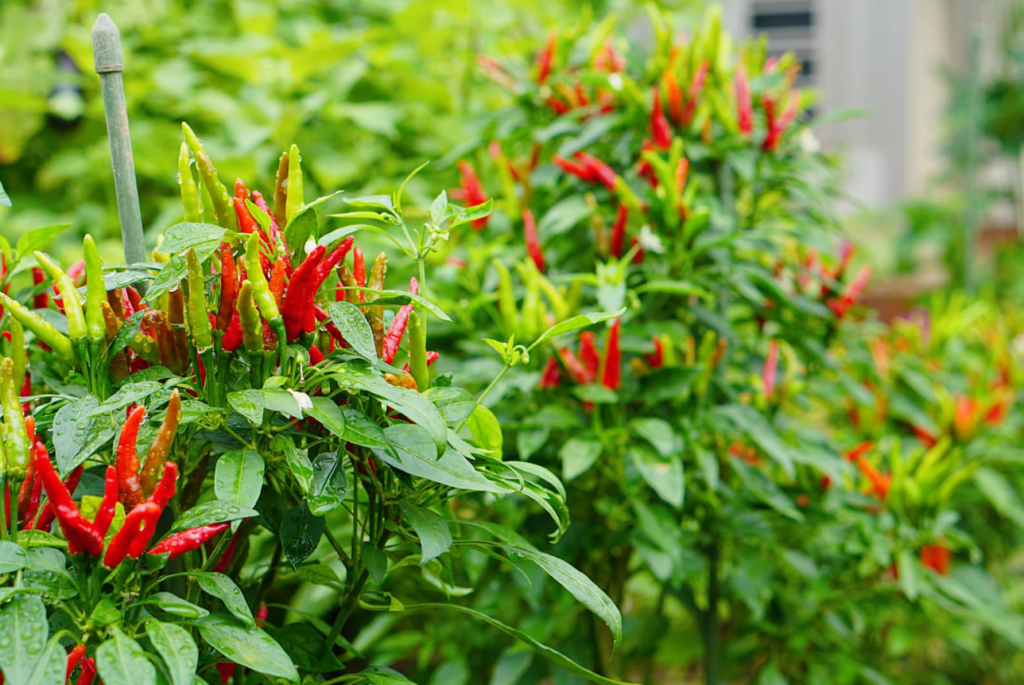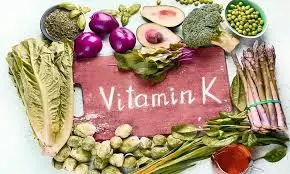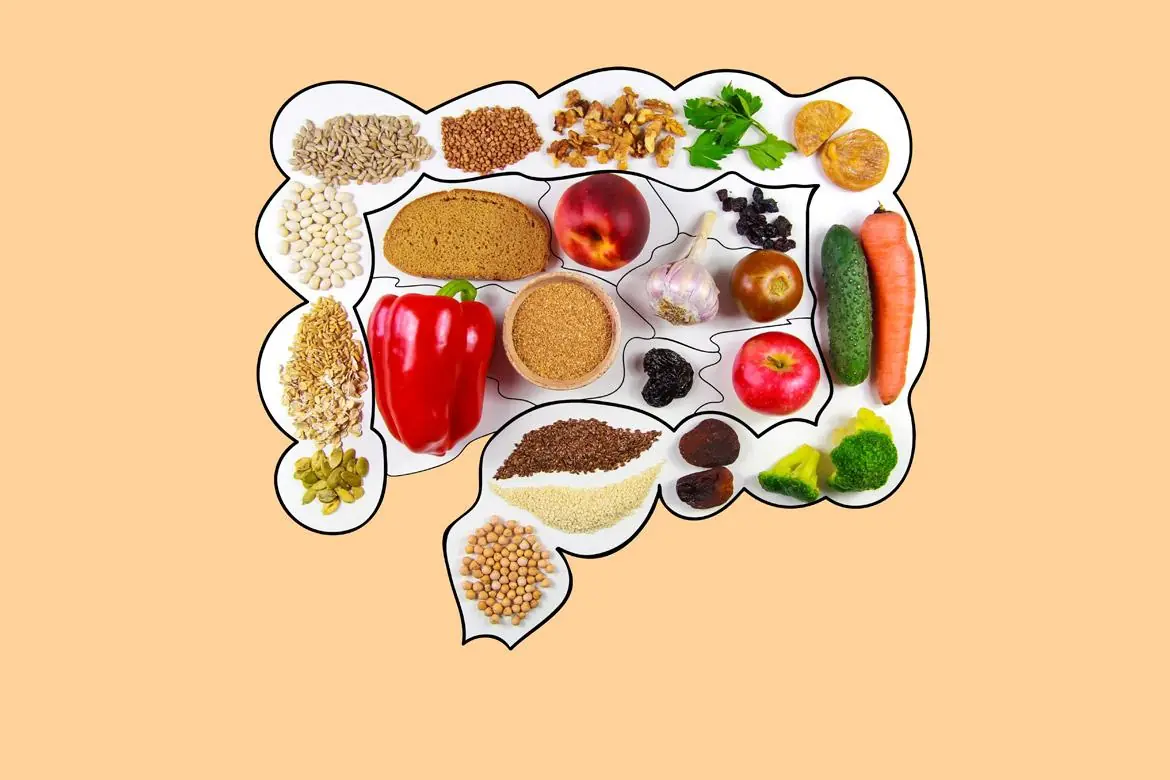
Discover the Untapped Potential of Chili Pepper Leaves: Nutritional Powerhouse for Your Health and Kitchen
When we think about chili peppers, our minds often jump to their fiery heat and bold flavor—the kind that brings excitement and intensity to our dishes. But while the fruits of the chili plant are celebrated worldwide, there’s another part of the plant that’s just as valuable, yet often forgotten: chili pepper leaves. Frequently discarded or overlooked in the kitchen, these tender green leaves are an underappreciated treasure trove of flavor and nutrition. Far from being mere byproducts, chili pepper leaves deserve a place of honor on your plate.
Let’s take a closer look at why these leafy greens are worth your attention, how they can enhance both your health and cooking, and how you can start incorporating them into your meals today.
What Makes Chili Pepper Leaves Special?
Chili pepper leaves are smooth, vibrant green, and tender, growing just beneath the iconic peppers on the plant. Unlike the intense spiciness of the peppers themselves, the leaves have a gentle, earthy flavor that’s often compared to spinach or sweet potato leaves. Their subtle taste makes them incredibly versatile, seamlessly blending into a wide variety of dishes.
In many traditional cuisines—particularly across Asia, Latin America, and the Caribbean—chili pepper leaves are not just a garnish or a side ingredient. They are often the star of broths, stir-fries, teas, and even egg dishes. Their culinary flexibility is matched by their nutritional power, making them a smart and health-conscious choice for any kitchen.
The Impressive Nutritional Profile of Chili Pepper Leaves

Don’t let their humble appearance fool you—chili pepper leaves are nutritional powerhouses loaded with essential vitamins and minerals that contribute to overall well-being. Here’s a breakdown of their key nutrients:
-
Vitamin A: Critical for healthy vision, immune strength, and skin health. It also supports cell growth and differentiation.
-
Vitamin C: A powerful antioxidant that boosts immunity, promotes collagen formation, and helps the body absorb iron efficiently.
-
Iron: Vital for producing hemoglobin and transporting oxygen throughout the body, helping to prevent fatigue and anemia.
-
Calcium: Essential for building and maintaining strong bones and teeth. It also supports muscle function and nerve signaling.
-
Antioxidants: Rich in compounds that protect your cells from oxidative stress, which can lead to chronic conditions like heart disease and cancer.
This rich combination of micronutrients and antioxidants makes chili pepper leaves a smart, natural way to enhance your diet and support long-term health.
Top Health Benefits of Chili Pepper Leaves
From boosting immunity to aiding digestion, chili pepper leaves offer a wide array of health benefits. Here are some of the most compelling reasons to include them in your daily meals:
1. Strengthens the Immune System
Loaded with vitamin C and immune-supporting antioxidants, chili pepper leaves help your body fight off infections more effectively. They strengthen your defenses against common colds, flu, and even more serious illnesses by enhancing immune response at the cellular level.
2. Fights Inflammation
Thanks to their anti-inflammatory compounds, these leaves help reduce chronic inflammation, a common underlying factor in diseases such as arthritis, heart conditions, and autoimmune disorders. Including them regularly in your diet may help alleviate symptoms and promote faster recovery.
3. Supports Respiratory Health
Chili pepper leaves have long been used in traditional herbal medicine to ease breathing difficulties. Their natural anti-inflammatory and antimicrobial properties can relieve congestion, soothe sore throats, and support lung health over time.
4. Improves Digestion
The mild bitterness of chili pepper leaves helps stimulate the production of digestive enzymes. This not only improves nutrient absorption but also reduces issues like bloating and indigestion. A healthier digestive system also means better overall energy and wellness.
5. Assists with Detoxification
Rich in detoxifying antioxidants, chili pepper leaves support the liver’s natural cleansing processes, helping eliminate toxins from the body. Regular consumption can contribute to clearer skin, better digestion, and improved metabolic function.
Creative Ways to Use Chili Pepper Leaves in Cooking

Incorporating chili pepper leaves into your meals is both simple and satisfying. Here are some flavorful ways to start enjoying them:
-
Soups and Stews
Add the leaves to clear broths, such as the Filipino dish tinola, or heartier stews. Their gentle flavor enhances the dish without overpowering other ingredients, while their nutrients boost the soup’s health value. -
Stir-Fries
Toss them into stir-fried vegetables, rice, or noodles for added texture and a mild, spinach-like flavor. They cook quickly and blend well with both spicy and savory profiles. -
Herbal Teas
Boil fresh leaves to make a soothing herbal tea. This is not only relaxing but also supports digestion and detox. Add ginger or honey for an extra health boost. -
Scrambled Eggs and Omelets
Chop the leaves finely and fold them into scrambled eggs or omelets. This simple tweak adds both nutrients and a fresh, green taste to your breakfast. -
Salads
Blanch the leaves briefly and toss them with fresh greens, nuts, and vinaigrettes for a unique salad that’s both flavorful and nutrient-rich. -
Trail Mix
Dry the leaves and mix them with seeds and nuts to create a savory, antioxidant-rich snack—perfect for on-the-go nutrition.
How to Harvest and Prepare Chili Pepper Leaves
To get the most out of chili pepper leaves, follow these steps for harvesting and preparation:
Harvesting
Select young, vibrant leaves from a healthy chili plant. These are typically the most tender and flavorful, packed with nutrients.
Cleaning
Wash the leaves thoroughly under cool running water. You can also soak them for a few minutes to remove any hidden dirt or insects.
Blanching
Blanching in boiling water for 10–15 seconds reduces bitterness and softens the texture, making the leaves more palatable and versatile for cooking.
Cooking
Avoid overcooking the leaves, as this can destroy some of their delicate vitamins. Light sautéing or adding them at the end of cooking preserves both taste and nutrition.
Safety Tips for Eating Chili Pepper Leaves
While chili pepper leaves are generally safe, it’s essential to keep these precautions in mind:
-
Choose the Right Plant: Only use leaves from edible chili pepper varieties. Avoid other nightshade plants like tomatoes, eggplants, or unverified ornamental peppers, as their leaves can be toxic.
-
Always Cook Before Eating: Cooking helps neutralize alkaloids that may irritate your stomach if consumed raw. Light cooking also enhances digestibility and taste.
Final Thoughts: A Simple Step Toward Healthier Eating
Next time you find yourself cooking with chili peppers, take a second look at those leafy greens you were about to toss aside. Chili pepper leaves are more than just kitchen scraps—they're a superfood in disguise. With their mild flavor, wide culinary applications, and numerous health benefits, they offer a simple yet impactful way to elevate your meals and your well-being.
Start small—try adding them to your soup or morning eggs—and soon, you may find yourself wondering how you ever cooked without them.
Don’t let this nutritional powerhouse go to waste. Embrace the full potential of the chili plant and add chili pepper leaves to your diet today.
News in the same category


The #1 Anti-Cancer Food You're Not Eating (But Should!)

Plantar Warts and Skin Tags Disappear Overnight with this recipe

Whiten Your Teeth and Instantly Freshen Your Breath with the Natural Power of Ginger and Baking Soda

I died for six minutes and saw what happens after death… this is what I experienced

People left mind-blown after just realizing what Durex stands for and it's not what you'd expect

Warning signs of a heart attack?

How Smoking Weed Affects Your Body During a Workout

Thailand: Covid-19 re-emerges with more than 53,000 infections, 16 deaths

12 signs that may signal a brain aneurysm — Don’t ignore them

Paramedic, 23, Left Paralyzed After Neck Crack Ruptures Major Artery

Common household chemical could be linked to more than 350,000 deaths in terrifying new study

A Natural Healing Source: 13 Impressive Benefits of Chayote Juice

Turn White Hair Dark Naturally: How Coffee Can Transform Your Hair at Home

8 Warning Signs of Kidney Failure You Should Never Ignore — Could Lead to Lifelong Dialysis

Vitamin K Precursor Shows Promise in Destroying Prostate Cancer Cells, New Research Finds

Simulation reveals harsh effects of Ozempic on the body

12 Best Natural Foods for Colon Cleansing and Detoxification

China makes bombshell claim about how Covid really originated after CIA said it was from lab leak
News Post

People left terrified after spotting creepy hidden face in group photo

4 types of people who should avoid eating cabbage

GRANDPA ASKED FOR ONE LAST FISHING TRIP—SO WE DROVE HIM OUT BEFORE THE HOSPITAL COULD CALL

The #1 Anti-Cancer Food You're Not Eating (But Should!)

Plantar Warts and Skin Tags Disappear Overnight with this recipe

Whiten Your Teeth and Instantly Freshen Your Breath with the Natural Power of Ginger and Baking Soda

I died for six minutes and saw what happens after death… this is what I experienced

People left mind-blown after just realizing what Durex stands for and it's not what you'd expect

I Paid a Fortune Teller’s Bus Fare – The Note She Slipped Me Uncovered a Terrible Secret

Warning signs of a heart attack?

My Husband Sent Me to Deliver Dinner to His Sick Mom – Then My Lawyer Called Urgently, Yelling ‘Turn Back Immediately!’

MY DAUGHTER HAD HER FIRST CHILD—AND TOLD THE NURSES NOT TO LET ME IN

One of my boys got sick, so I took them both in for tests

How Smoking Weed Affects Your Body During a Workout

Thailand: Covid-19 re-emerges with more than 53,000 infections, 16 deaths

I stopped by McDonald’s for a quick meal and overheard a mom talking to her little girl

12 signs that may signal a brain aneurysm — Don’t ignore them

SHE KEPT SAYING “HE’S COMING BACK”—SO I STAYED
